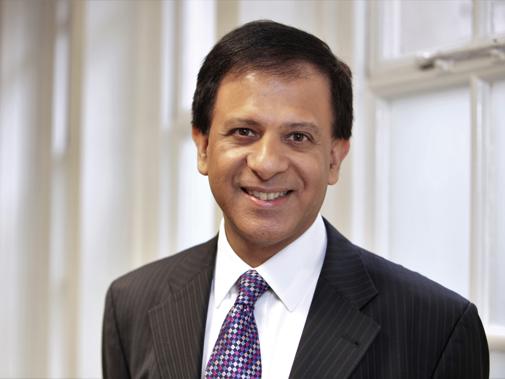As doctors, the belief that we are all one profession is central to who we are and what we do. It is an ideal the BMA has rallied around and campaigned for in recent years.
Nothing reinforces this solidarity among members of the medical profession more than a national, or in this case global, crisis.
COVID-19 has shown all of us – no matter what our branch of practice, specialty or level of experience – that we must stand together if we are to tackle the greatest public health crisis in recent history.
Despite our shared ethos of unity, however, doctors have had to endure long-standing obstacles to collaborative working in the form of the barriers between primary and secondary care. Too often, organisational divides and perverse incentives have hindered effective communication and coordination between hospital doctors and GPs.
Worse, this disconnect is affecting patient care and experience. In the BMA’s Caring, supportive collaborative project, 60 per cent of doctors stated that primary/secondary care barriers were harming quality and safety of patient care, and 73 per cent stated it resulted in increased costs in administration and bureaucracy.
The pandemic has reinforced the absolute need for all of us as doctors to pull together, if we are to tackle the immense challenges ahead.
This includes collectively managing a backlog of several million patients who did not receive appointments or treatment as the NHS prioritised COVID-19 care. The NHS will need to ensure these patients receive the care they need while simultaneously responding to local, regional and potentially national outbreaks of coronavirus and contending with the forthcoming pressures of winter and seasonal flu.
Last week, I convened a meeting between the executives of the BMA’s GPs committee and consultants committee to discuss what needs to happen so that doctors across the interface can work together as one team.
It is clear they are at one in wanting to reduce the absurd duplication and systemic shifting of bureaucracy and work from one sector to the other.
One example is that with increased remote consultations occurring within hospitals, it was frustrating for hospital clinicians that they were unable to provide patients with prescriptions directly or request investigations in the community, and had to therefore rely on GP practices, who incurred unnecessary work in carrying out these tasks.
It’s clear there are simple solutions to this, such as enabling hospital clinicians to issue prescriptions electronically to patients to collect from their local community pharmacy, and which is the norm in England for GPs using the electronic prescription service.
It is frustrating the BMA has had to repeatedly call for this specific change over a course of years, given that it is one which would save hospital colleagues considerable time in avoiding having to write letters to GPs, and end patients having to waste their own and their GPs’ time on a purely bureaucratic task.
Another proposal agreed at the meeting was to enable hospital clinicians to request investigations in the community, again obviating the need to ask the GP to organise this. This would require creating availability of community-based diagnostics and allowing direct booking by hospital clinicians. This would clearly be beneficial to patients, who would not have to trek to a hospital simply for a test.
These examples save time for hospital doctors and GPs, and it should therefore be considered a ‘no-brainer’ that such solutions be implemented without delay, not least because of the tangible difference it would make to patients in receiving a seamless and locally sensitive service.
There was also strong support for GPs and hospital doctors working together within pathways of care, so that they all felt part of one single team collectively managing patients according to their relative skills, and with resources directed where care is required rather than driven by organisational interests or barriers.
We also discussed the benefits of being able to have electronic dialogue between GPs and hospital doctors in real time, including sharing of records and management, instead of the traditional one-way approach of referring a patient to a clinic, with its consequent delays.
All this needs to be underpinned by fit-for-purpose IT, with interoperability between primary and secondary care systems.
It’s a sign of unity between GPs and hospital doctors that the chair of CC Rob Harwood and GPC chair Richard Vautrey have jointly written a letter to NHS England medical director Steve Powis arguing for such changes to occur.
But these changes also require a fundamental paradigm shift in the way in which we organise primary and secondary care. Indeed, calling many services primary or secondary care is itself a misnomer, when you consider that many specialties such as mental health, musculoskeletal and old age medicine traverse care in the community and hospitals.
It would also be necessary to put an end to the fragmentary payment by results tariff in England – which the BMA has long sought to end – and to replace it with financial arrangements that bring GP practices and hospitals closer together with aligned goals.
Although the peak of the pandemic appears to have passed, the NHS has a mountain to climb over the coming weeks and months.
This is the time to end the wasteful duplication of work, and the ebb and flow of administrative processes between primary and secondary care. We must instead free up resources and clinician time to put patient care first.
The BMA is uniquely placed as an association which represents the entire medical profession, and brings together doctors across this interface, to lead the charge to end the utterly unnecessary and erroneous Berlin wall that often exists between colleagues inside and outside hospitals.
Chaand Nagpaul is BMA council chair

